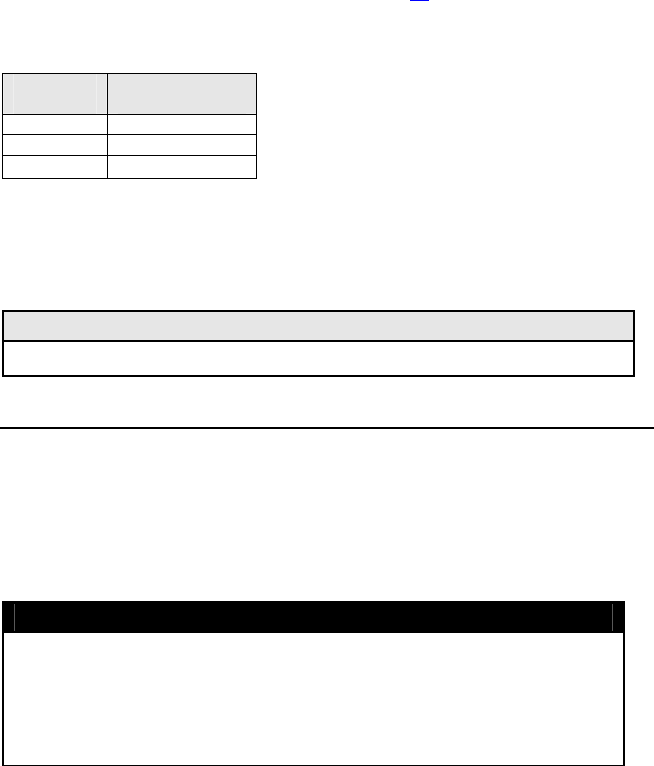
10
Advertising, rather than Force Mode, when connecting to devices that only use
autonegotiation. Refer to Port Configuration on page 19
for more information.
Bandwidth Control
The iMcV-Giga-FiberLinX-II includes bi-
directional bandwidth control in increments of
244 Kbps per second at gigabit speed
(configurable via iView
2
). This allows you to
independently set the bandwidth limit from the
DATA Port to the OPTICS (or UPLINK) Port and vice versa in a single iMcV-Giga-
FiberLinX-II application. In a dual iMcV-Giga-FiberLinX-II application you can set it
from the Host unit to the Remote unit and vice versa (i.e., the bandwidth on the
DATA ports on both the Host and Remote modules can be limited independently).
Link Speed
(Mbps)
Speed Increments
(Kbps)
10 4.88
100 48.8
1000 244
Note
Management packets do not have priority over data packets.
FX/TX LinkLoss and FiberAlert
During normal operation, link integrity pulses are transmitted by all point-to-point
Ethernet devices. When an iMcV-Giga-FiberLinX-II receives valid link pulses, it
knows the device to which it is connected is up, and the copper or fiber cable
coming from that device is intact. The appropriate “LNK” (link) LED is lit to indicate
this. For troubleshooting information using the LinkLoss and FiberAlert features of the
iMcV-Giga-FiberLinX-II modules, refer to
Troubleshooting
at the end of this manual.
** WARNING **
The FiberAlert and LinkLoss features cause data interruptions designed to
alert remote sites of line failures. These data interruptions can be
misinterpreted as module failures when these features are enabled. Enable
these features only when the resulting data interruptions and causes are well
understood.
FX LinkLoss
FX LinkLoss is a link integrity monitoring feature that forwards fiber link faults to the
RJ-45 DATA port to indicate that a fiber link fault has occurred.
TX LinkLoss
TX LinkLoss is a link integrity monitoring feature that forwards an RJ-45 link fault to
the fiber connected device to indicate that a link fault has occurred.


















